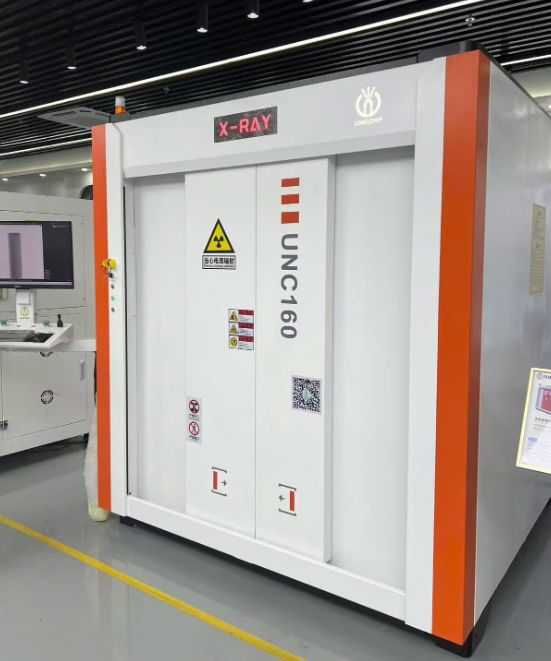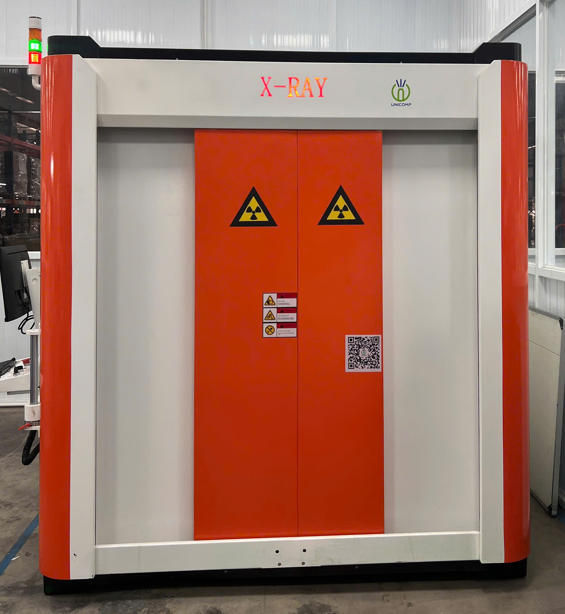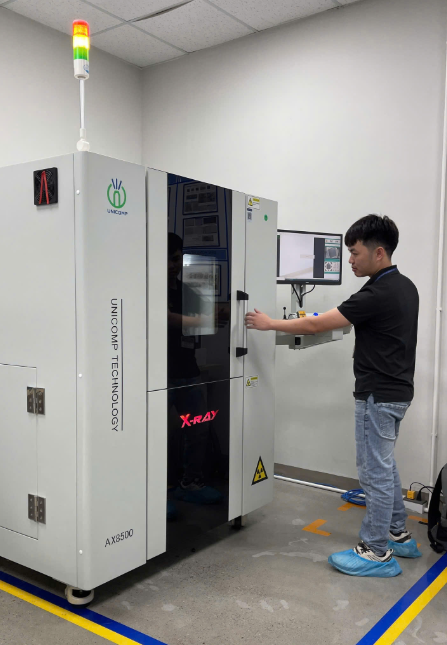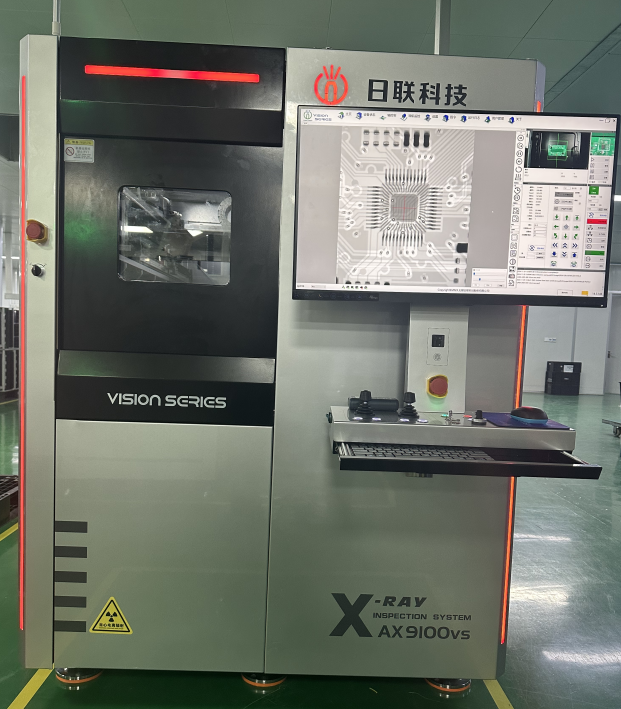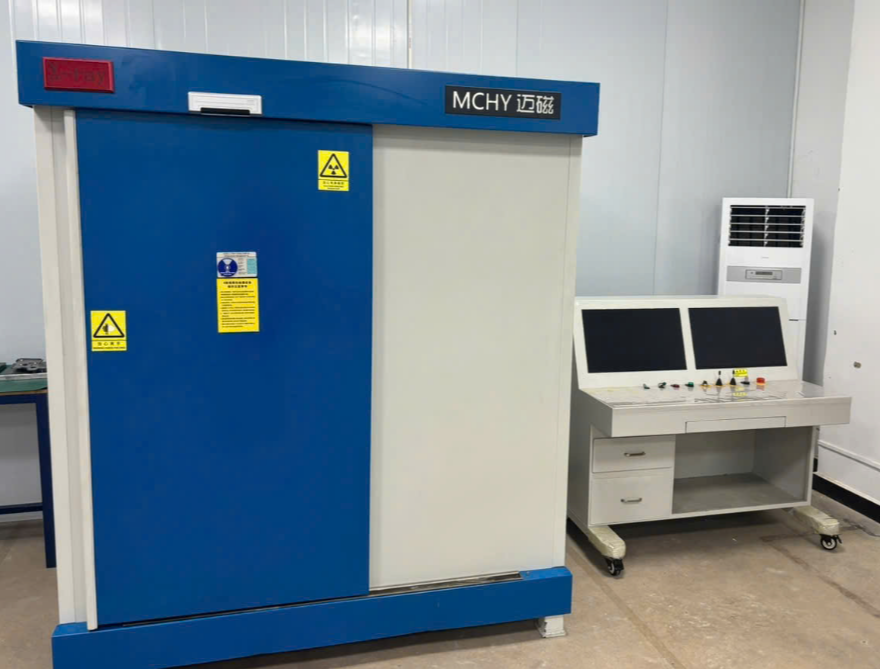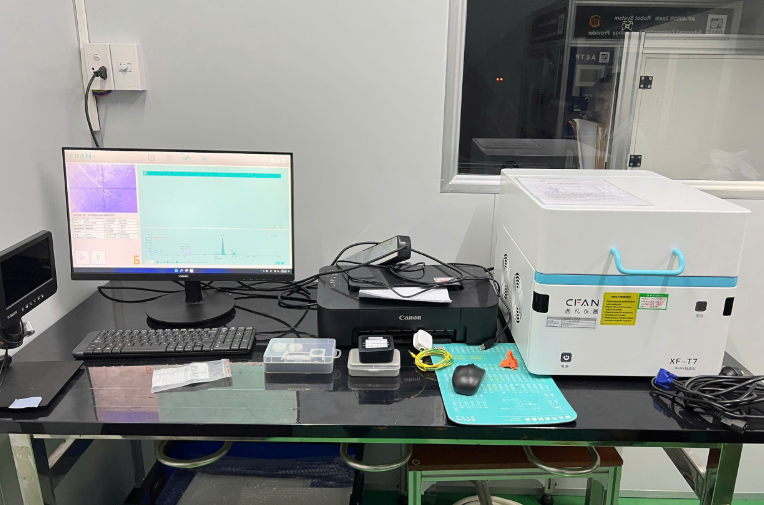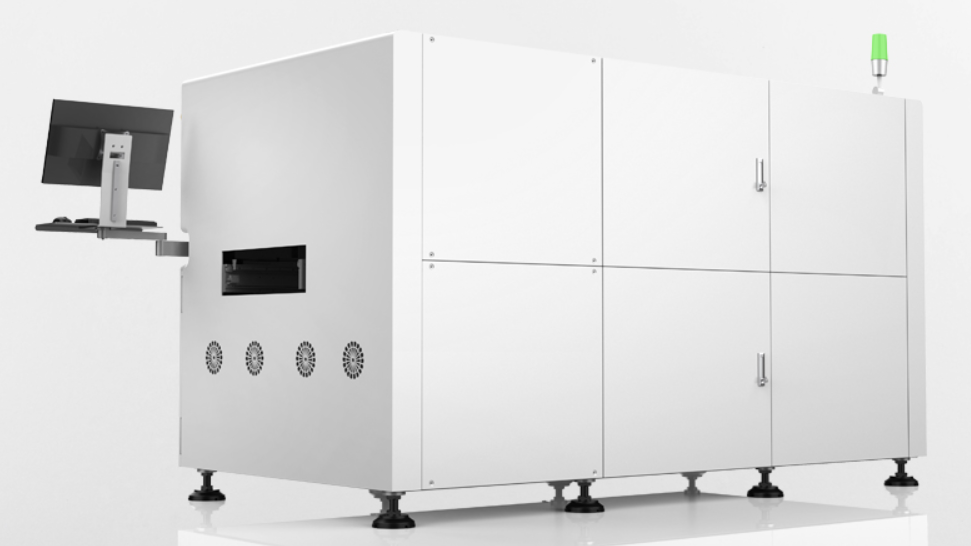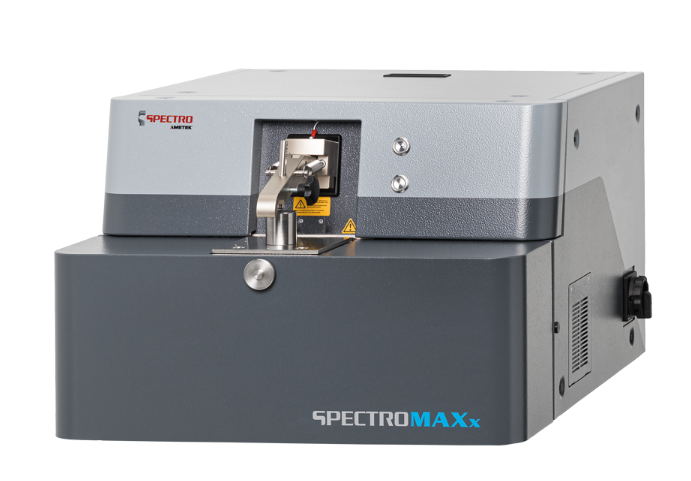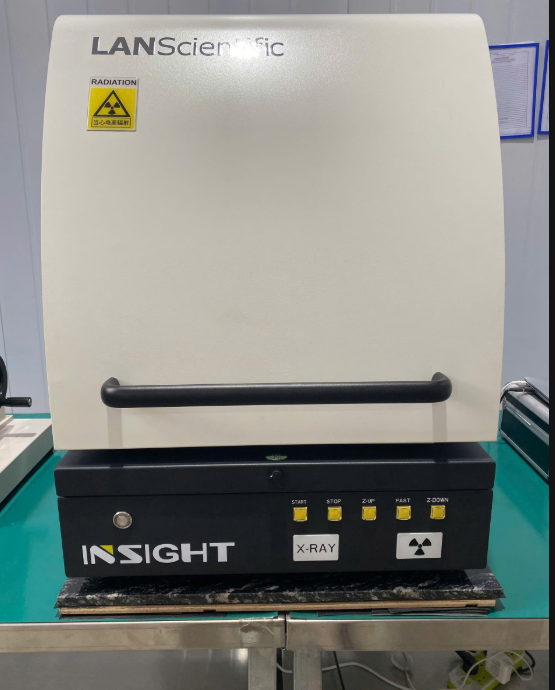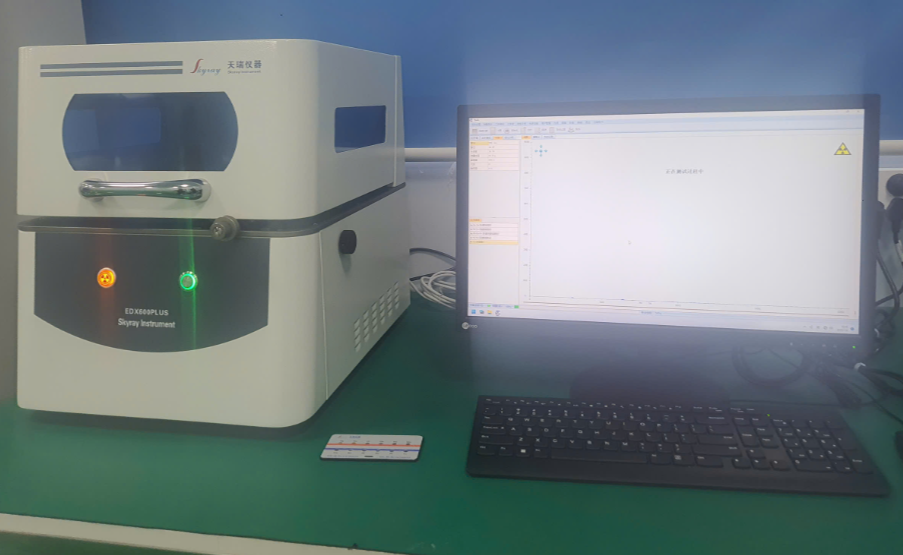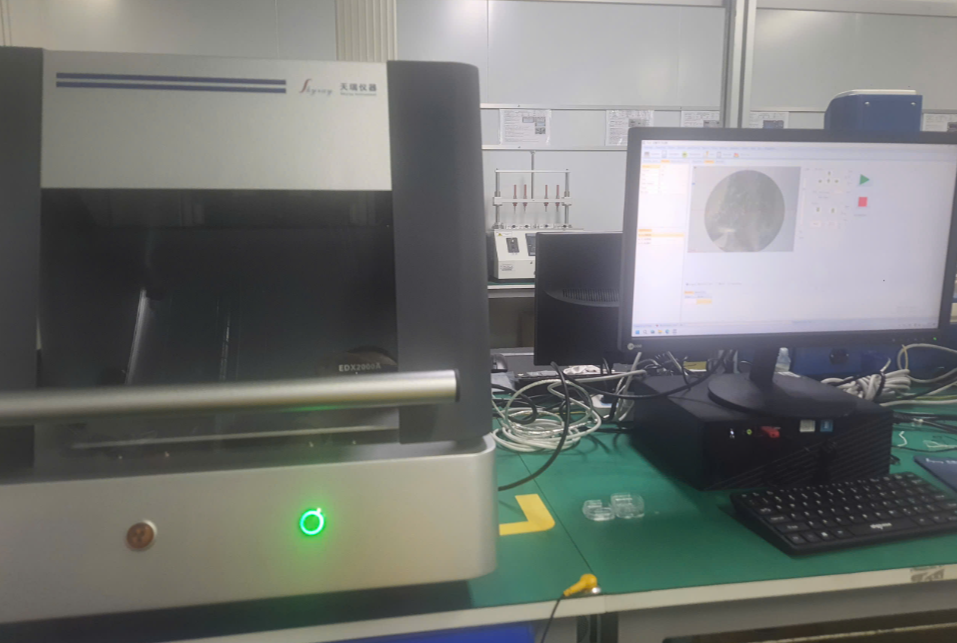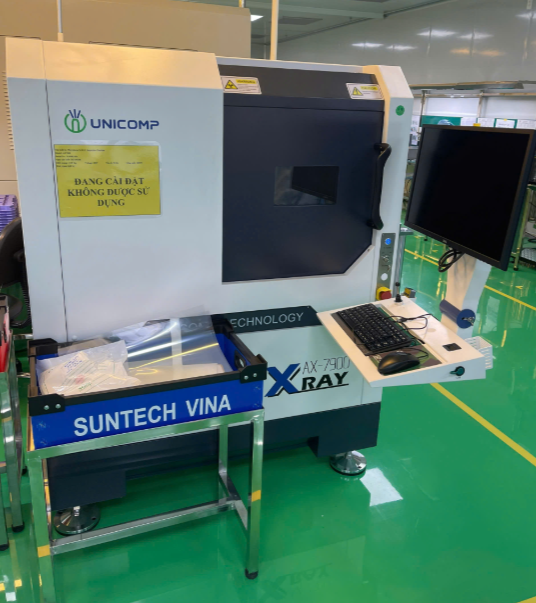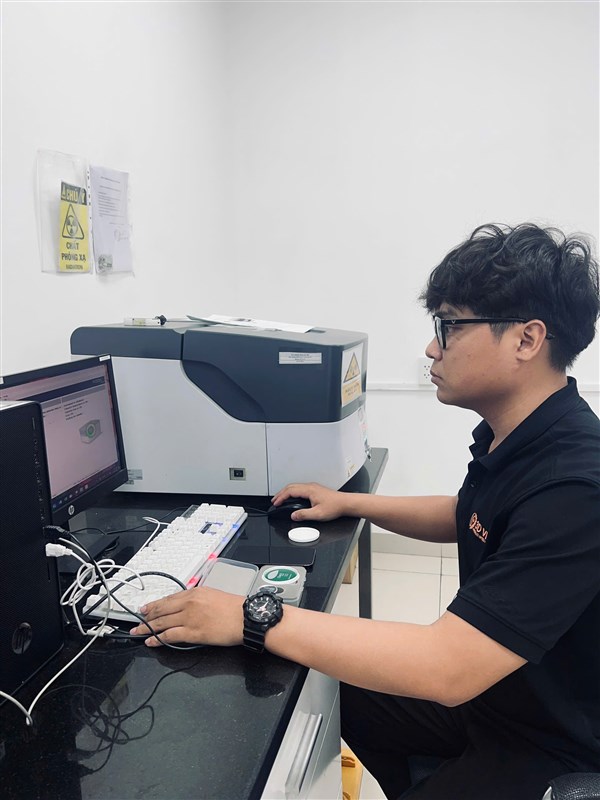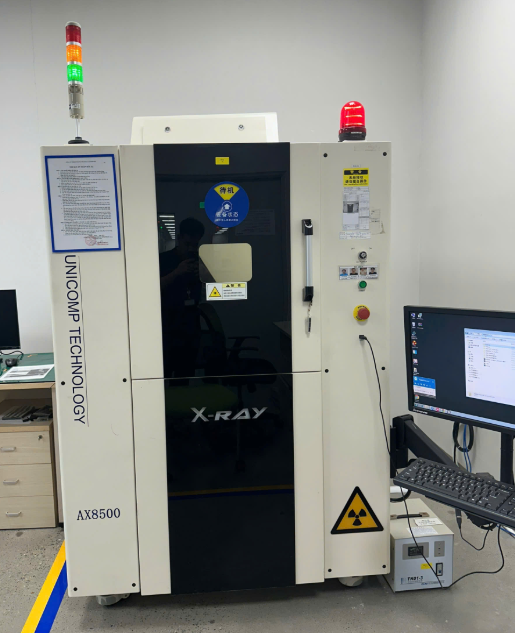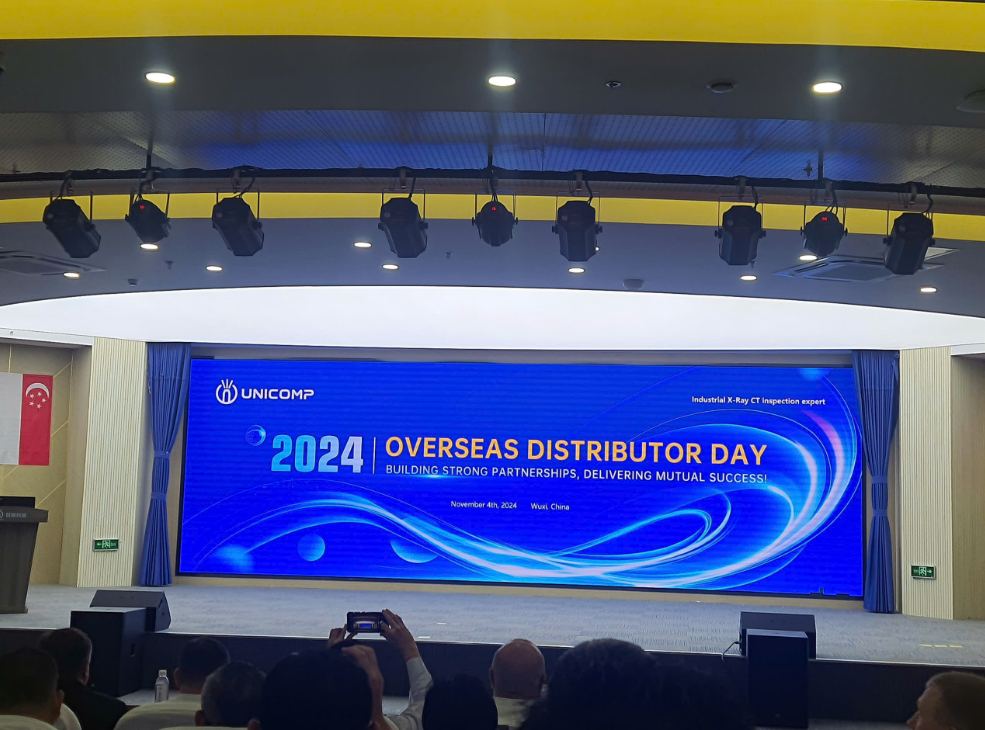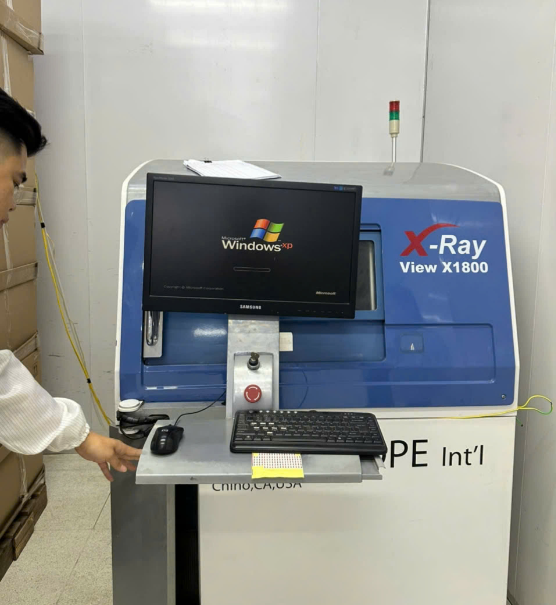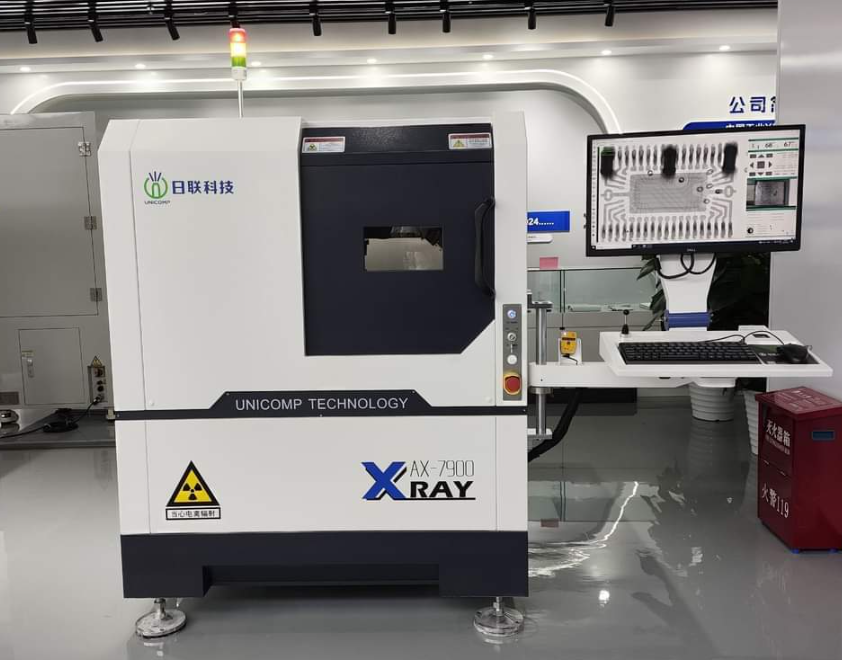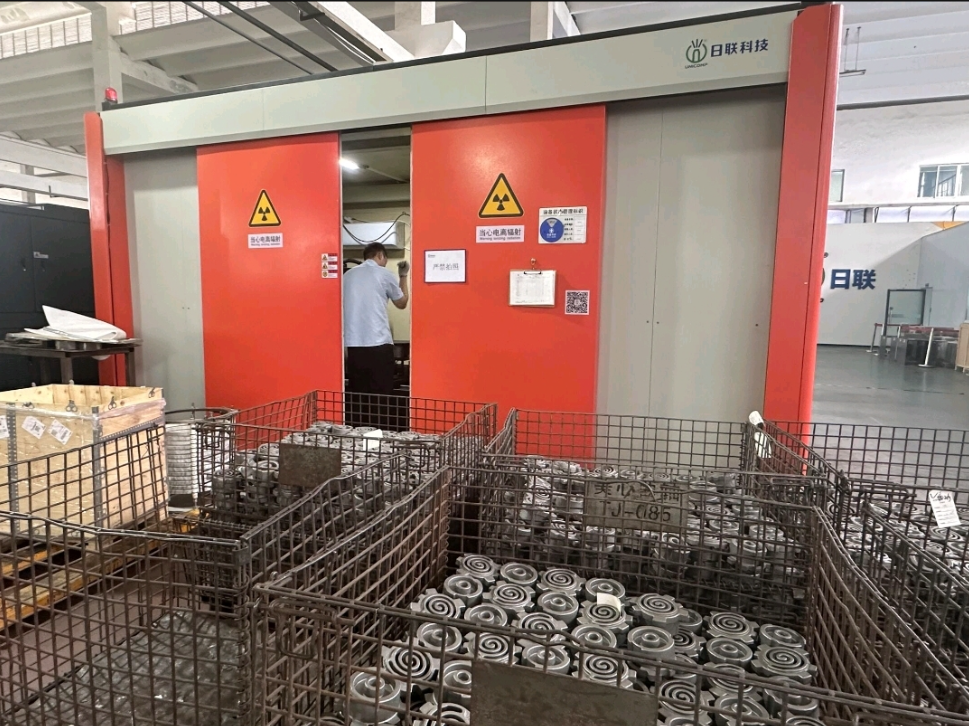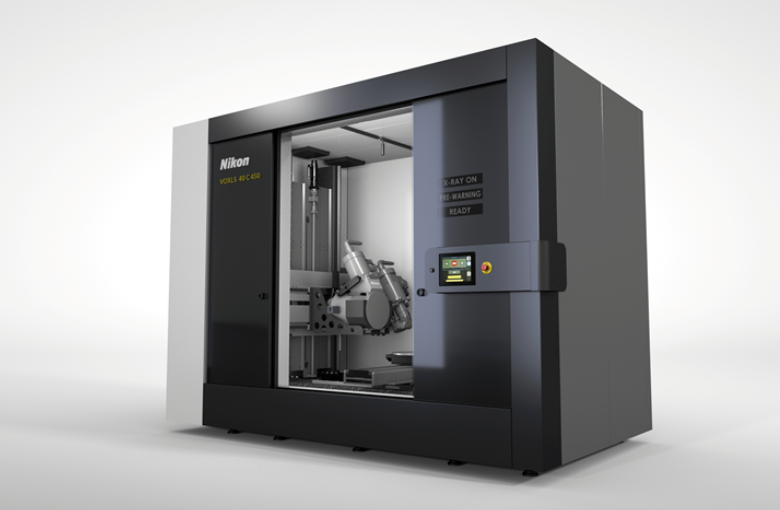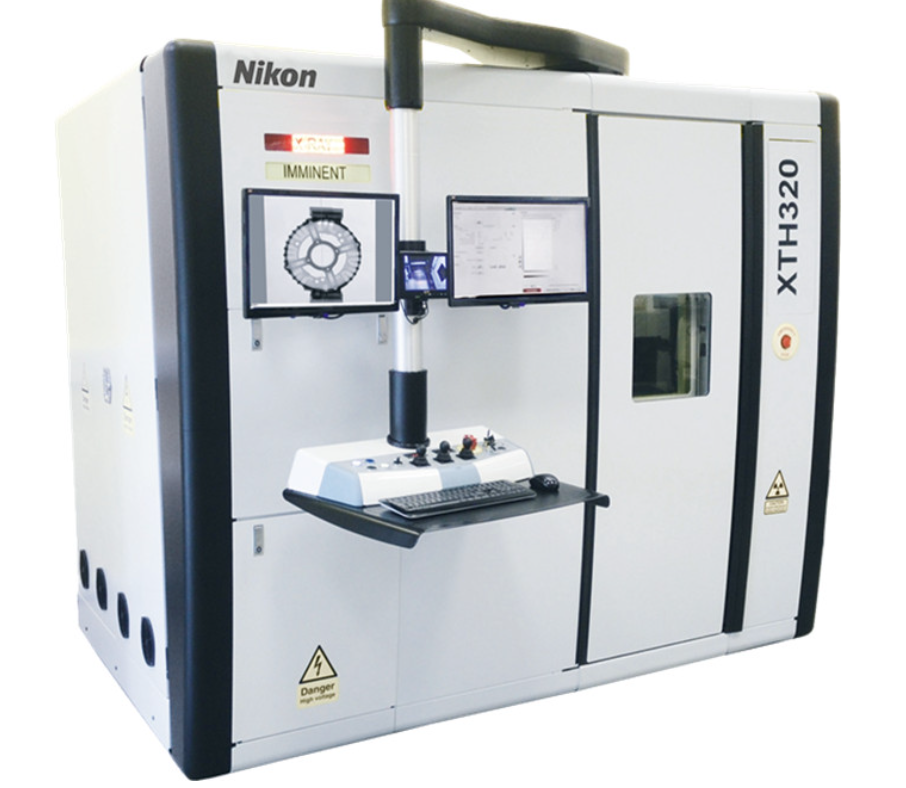Computed tomography (CT) is an aspiring contact free measurement method which allows the complete geometry of objects to be determined. This includes the inner and outer geometry and the surface texture, all of which are typically not fully accessible by other measurement methods.
To support dimensional metrology in advanced manufacturing in the future, the EMPIR AdvanCT project is developing traceable CT measurement techniques for dimensions and surface texture. The project was commenced in June 2018 and participants include PTB Germany, NPL UK, and several other National Metrology Institutes, Bath, Southampton and Nottingham Universities along with commercial CT companies including Zeiss, Werth, Xylon and Volume Graphics. The project is funded by the Europeaan Metrology Programme for Innovation and Research (EMPIR). Open issues regarding traceability, measurement uncertainty, sufficient precision/accuracy, scanning time, multi material, surface form and roughness, suitable reference standards, and simulation techniques are all being addressed through the project’s objectives.
Need
Over the past few years, CT has increasingly been used for dimensional measurements of both the inner and outer geometry of workpieces, such as cavities and parts in mounted assemblies, which originate from macro and microfabrication, the automotive and telecommunication industries and additive manufacturing, etc.
Despite the rapidly increasing number of applications in industry, the measurement errors of most CT systems are considered to be too high and need to be reduced substantially, by a factor of 2 – 8, to the order of 10 µm even when mid size parts (approx. 1000 cm3) are measured. The traceability of the results are still be established and methods to determine the measurement uncertainty also need to be developed. The time required to perform CT measurements and data evaluation needs to be reduced from hours to minutes if CT is to be more widely used in industry.
Guidelines and standards, such as standardised test procedures and specifications, are required for a fair and competitive market and to support users of industrial CT. The German standardisation committee VDI/GMA 3.33 has developed a guidelines (VDI/VDE 2630 series) on dimensional measurements using industrial CT. Also an international standard defining acceptance and reverification tests for CMS using the CT principle is under development by ISO TC213 WG10, which will become part of the ISO 10360 series. This project will provide input to standardisation bodies regarding inline CT and multi material measurements.
These needs were underpinned by the report ‘Strategic Analysis of Computed Tomography Technology in the Dimensional Metrology Market’ published by Frost and Sullivan. The key areas identified in the study for developing a broader use of industrial CT in industry are ‘Capabilities to improve measurement resolution’, ‘Support for multi material complexity’ and ‘Reduced measurement time (scanning and reconstruction)’. In addition, the EURAMET roadmap and the EURAMET Strategic Research Agenda suggest a strong need for improved CT methods.
Project Objectives
The specific objectives of the project are:
- To develop traceable and validated methods for absolute CT characterisation including the correction of geometry errors by 9 degrees of freedom (DoF). This will include the development of reference standards, traceable calibration methods and thermal models for instrument geometry correction, as well as the correction of errors originating in the X‑ray tube and the detector in order to improve CT accuracy.
- To develop improved and traceable methods for dimensional CT measurements with a focus on measurements of sculptured / freeform surfaces, roughness, and multi‑material effects including supplementary material characterisation.
- To develop fast CT methods for inline applications based on improved evaluation of noisy, sparse, few, or limited angle X‑ray projections, reconstruction methods. This will be undertaken using a reduced number of projections from well‑known directions and include enhanced post‑processing.
- To develop traceable methods for uncertainty estimation using virtual CT models and Monte‑Carlo simulations. Batch simulation and evaluation capacities will be improved. The determination of accurate model parameters is necessary for a reliable uncertainty estimation and this will therefore be performed for different CTs and it will be systematised. Corrections for several artefacts will be developed. Uncertainty will be estimated by Monte‑Carlo based simulation and verified using the calibrated standards developed in WP1.
- To facilitate the take up of the technology and measurement infrastructure developed in the project by the measurement supply chain (accredited laboratories, instrumentation manufacturers), standards developing organisations (e.g. ISO TC213 WG10, VDI‑GMA 3.33 Technical Committee Computed Tomography in Dimensional Measurements) and end users.
Progress Beyond State of the Art
This project is expected to significantly benefit advanced manufacturing, such as casting and additive manufacturing, by reducing the consumption of materials and improving the quality of products. This project will significantly expand the applications of CT technology. This also includes new fields of application in industry where today’s CT techniques are not feasible and will enable the application of CT in surface metrology.
The final results of the project are schedule to be reported in May 2021.

